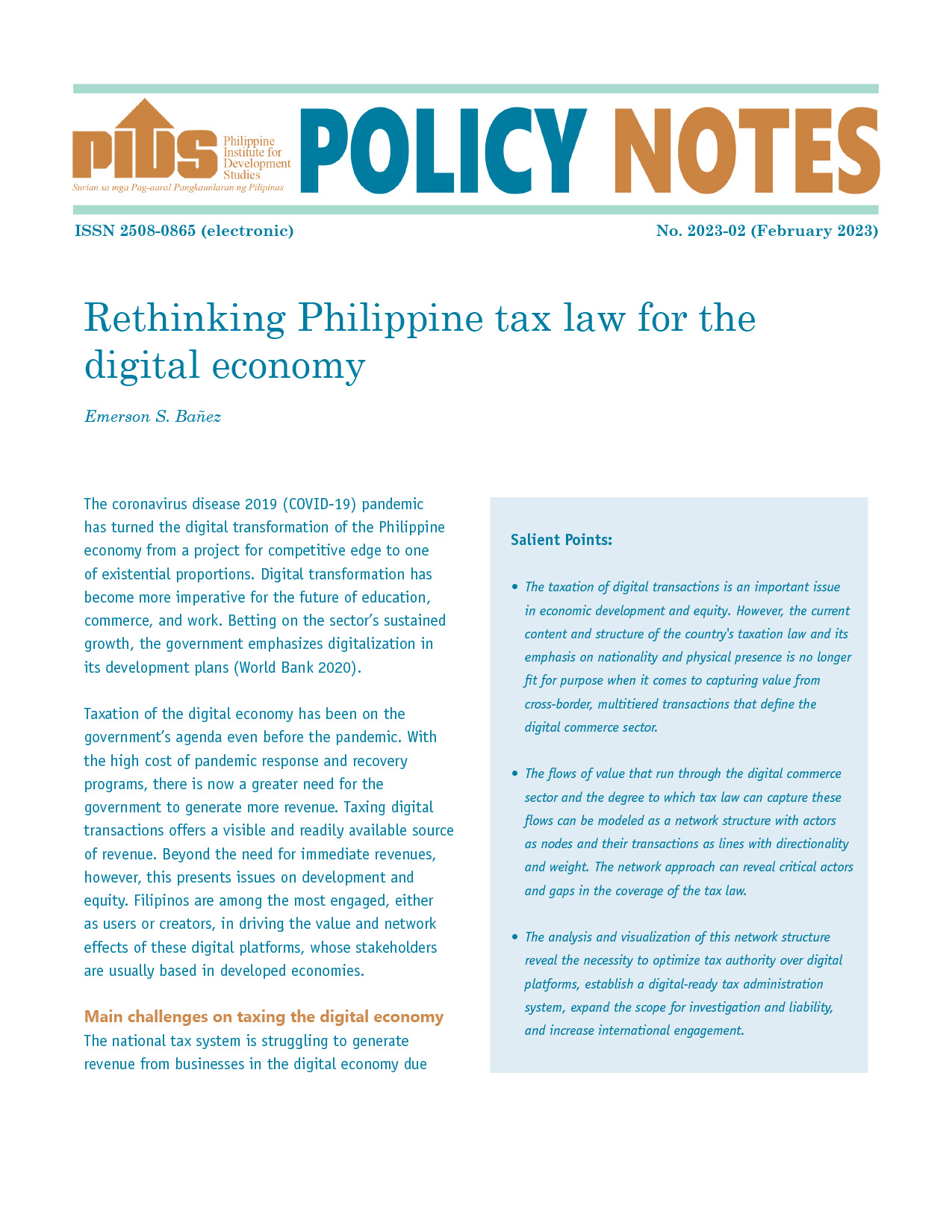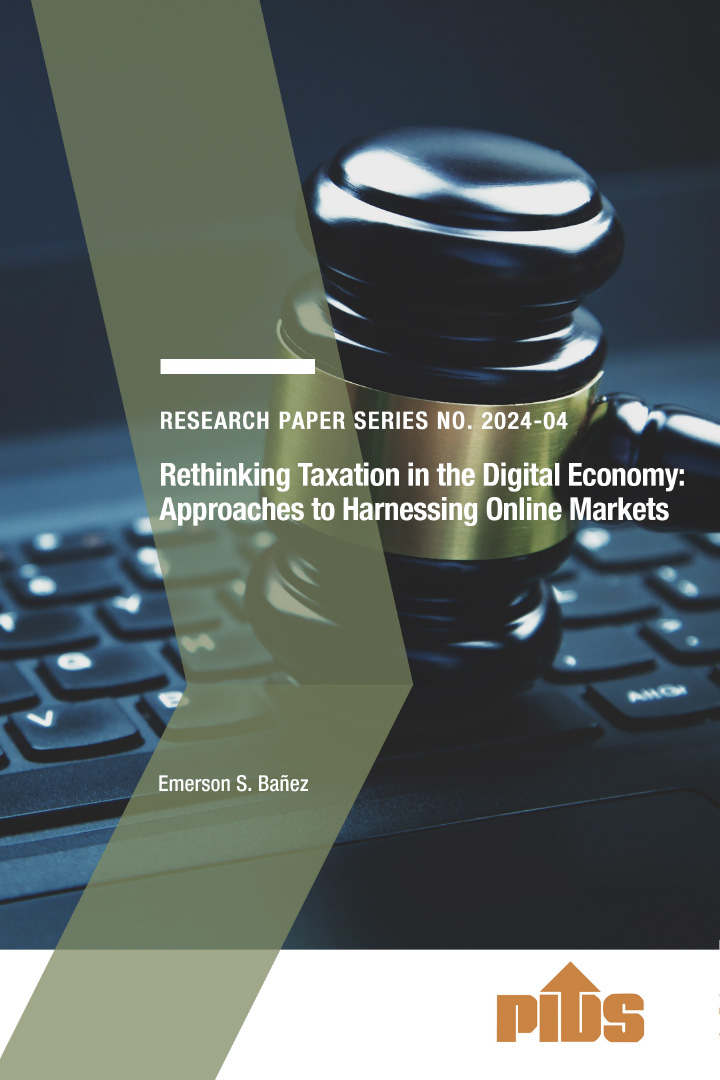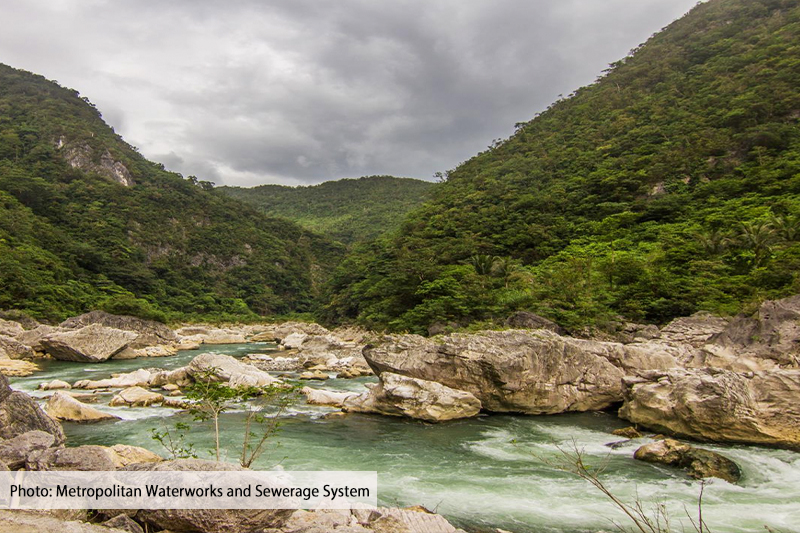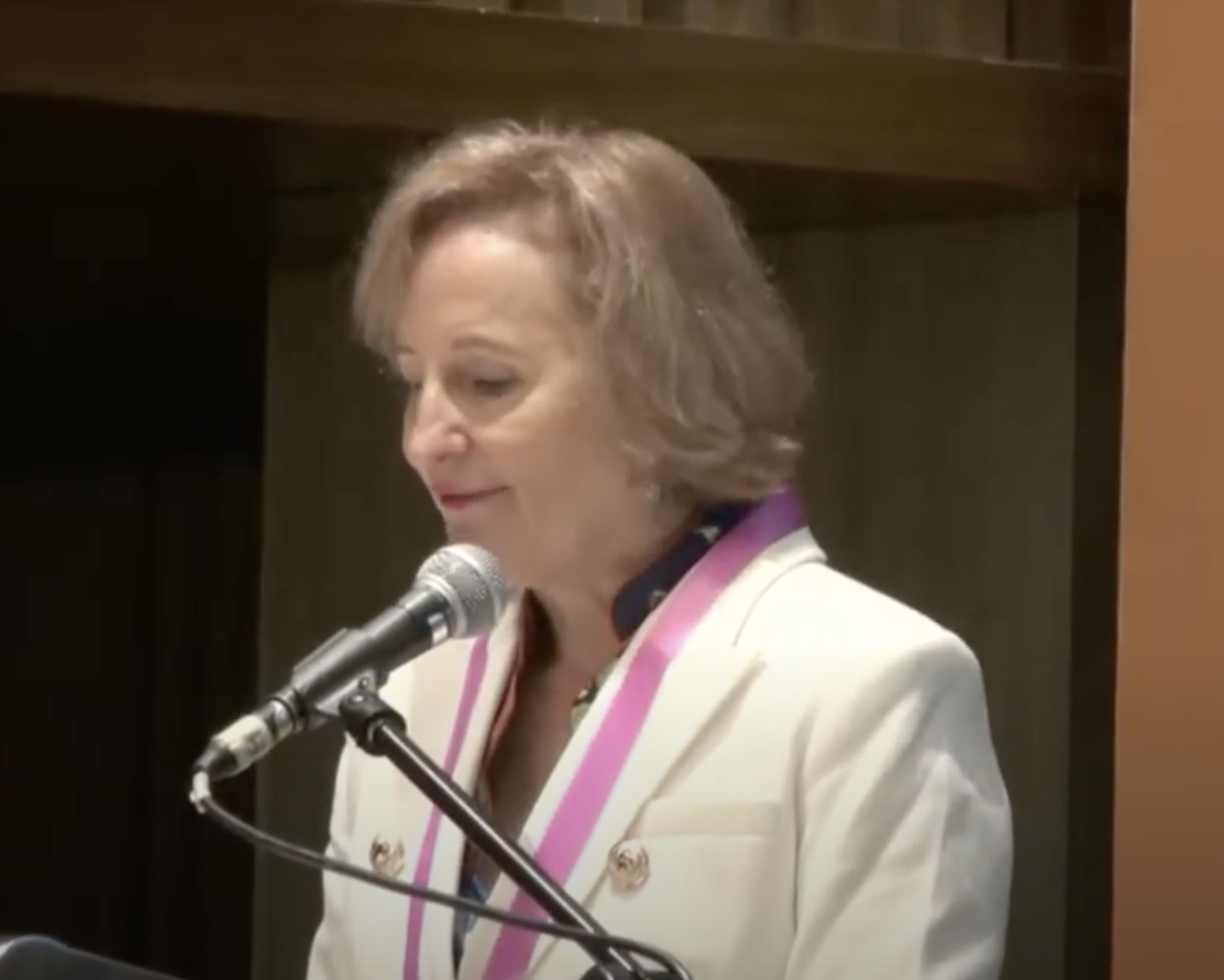Manila should just convert the quantitative restriction (QR) on rice into tariffs, as the extension of the rice import quota could do more harm than good, according to experts.
Economists told the BusinessMirror that extending the QR on rice is no longer viable and could hurt poultry growers, hog raisers and farmers planting other crops.
“The problem is not whether you win or lose in negotiations, but we need to find out whether farmers or the entire agriculture sector benefited under the QR regime,” said economist Pablito M. Villegas, who is also spokesman of the Philippine Chamber of Agriculture and Fisheries Inc.
Roehlano M. Briones, senior research fellow of the Philippine Institute for Development Studies, said extending the QR on rice is a “lose-lose” proposition.
“Because other members of the World Trade Organization [WTO] would ask concessions from us, other agriculture subsectors could suffer,” Briones said.
In 2015, industry sources told the BusinessMirror that the Philippines was forced to lower the tariff on pork offal to 5 percent, from 40 percent, when Manila negotiated for an extension of the QR in 2014.
“Are we ready to do that again? Maybe it’s time for the rice to finally give way. It’s time for rice to sacrifice for itself,” Briones said.
Dr. Rolando T. Dy, executive director of the University of Asia and the Pacific’s Center for Food and Agri Business, said other WTO members could ask for zero duty on pork and sugar.
Briones said it would be better for the Philippines to just convert the QR—a nontariff barrier—into tariffs.
“It’s the only way to ensure that rice farmers won’t be hurt so much by the lifting of the QR,” he said, adding that the 35-percent tariff on rice is based on the country’s commitment to Asean.
According to the WTO General Council Ruling in July 2014, the Philippines should subject rice imports to ordinary customs duties right after the QR waiver extension expires on June 30, 2017.
“That would be really the country’s option. As I see it, the Philippines will request for conversion into tariff right after the 2017 expiration of QR. The government could impose a very high tariff,” Briones said.
Earlier, Agriculture Secretary Emmanuel F. Piñol told the BusinessMirror the administration is inclined to ask the WTO for a two-year extension of the QR on rice.
Upon its accession to the WTO in 1995, the Philippines was allowed to enjoy the rice QR for 10 years. Manila was able to secure an extension when it lapsed in 2004.
After it lapsed in 2012, Manila again negotiated for an extension. In 2014 the WTO gave its go signal to the Philippines to implement the QR for two years.
The DA chief said the government was not able to prepare rice farmers to go head to head with its counterparts in Asean, like Thailand and Vietnam.
“The quantitative restriction on rice must be extended for at least two more years [as] rice farmers need more time to prepare,” Piñol said in a phone interview.
Under the QR, rice imports within the minimum access volume (MAV) of 805,200 metric tons per year are slapped with a lower tariff of 35 percent, while imports in excess of the MAV are slapped a higher tariff of 50 percent.
Economists told the BusinessMirror that extending the QR on rice is no longer viable and could hurt poultry growers, hog raisers and farmers planting other crops.
“The problem is not whether you win or lose in negotiations, but we need to find out whether farmers or the entire agriculture sector benefited under the QR regime,” said economist Pablito M. Villegas, who is also spokesman of the Philippine Chamber of Agriculture and Fisheries Inc.
Roehlano M. Briones, senior research fellow of the Philippine Institute for Development Studies, said extending the QR on rice is a “lose-lose” proposition.
“Because other members of the World Trade Organization [WTO] would ask concessions from us, other agriculture subsectors could suffer,” Briones said.
In 2015, industry sources told the BusinessMirror that the Philippines was forced to lower the tariff on pork offal to 5 percent, from 40 percent, when Manila negotiated for an extension of the QR in 2014.
“Are we ready to do that again? Maybe it’s time for the rice to finally give way. It’s time for rice to sacrifice for itself,” Briones said.
Dr. Rolando T. Dy, executive director of the University of Asia and the Pacific’s Center for Food and Agri Business, said other WTO members could ask for zero duty on pork and sugar.
Briones said it would be better for the Philippines to just convert the QR—a nontariff barrier—into tariffs.
“It’s the only way to ensure that rice farmers won’t be hurt so much by the lifting of the QR,” he said, adding that the 35-percent tariff on rice is based on the country’s commitment to Asean.
According to the WTO General Council Ruling in July 2014, the Philippines should subject rice imports to ordinary customs duties right after the QR waiver extension expires on June 30, 2017.
“That would be really the country’s option. As I see it, the Philippines will request for conversion into tariff right after the 2017 expiration of QR. The government could impose a very high tariff,” Briones said.
Earlier, Agriculture Secretary Emmanuel F. Piñol told the BusinessMirror the administration is inclined to ask the WTO for a two-year extension of the QR on rice.
Upon its accession to the WTO in 1995, the Philippines was allowed to enjoy the rice QR for 10 years. Manila was able to secure an extension when it lapsed in 2004.
After it lapsed in 2012, Manila again negotiated for an extension. In 2014 the WTO gave its go signal to the Philippines to implement the QR for two years.
The DA chief said the government was not able to prepare rice farmers to go head to head with its counterparts in Asean, like Thailand and Vietnam.
“The quantitative restriction on rice must be extended for at least two more years [as] rice farmers need more time to prepare,” Piñol said in a phone interview.
Under the QR, rice imports within the minimum access volume (MAV) of 805,200 metric tons per year are slapped with a lower tariff of 35 percent, while imports in excess of the MAV are slapped a higher tariff of 50 percent.







